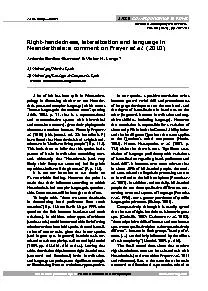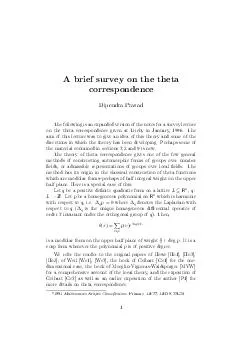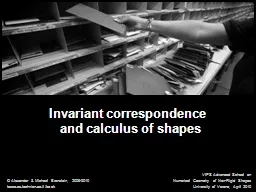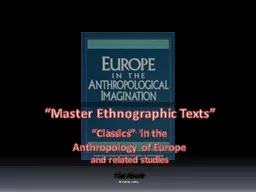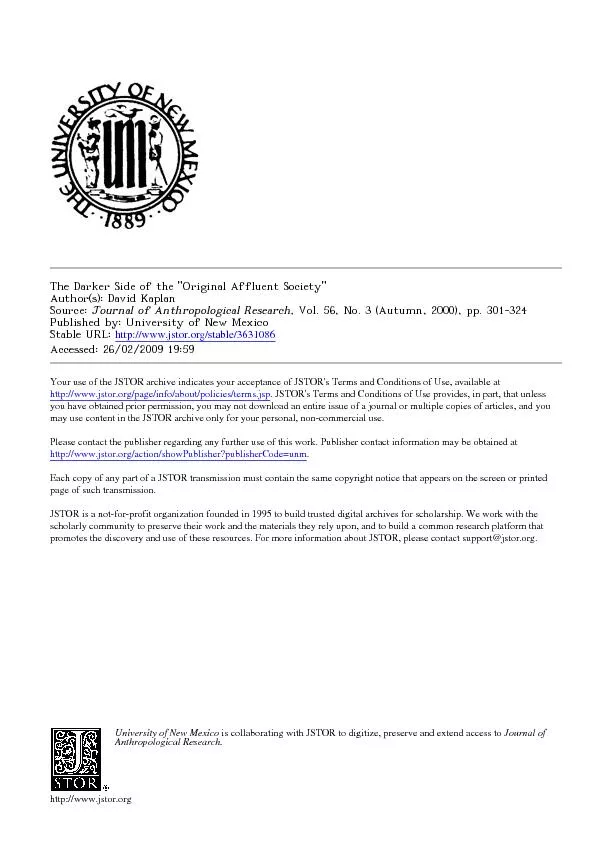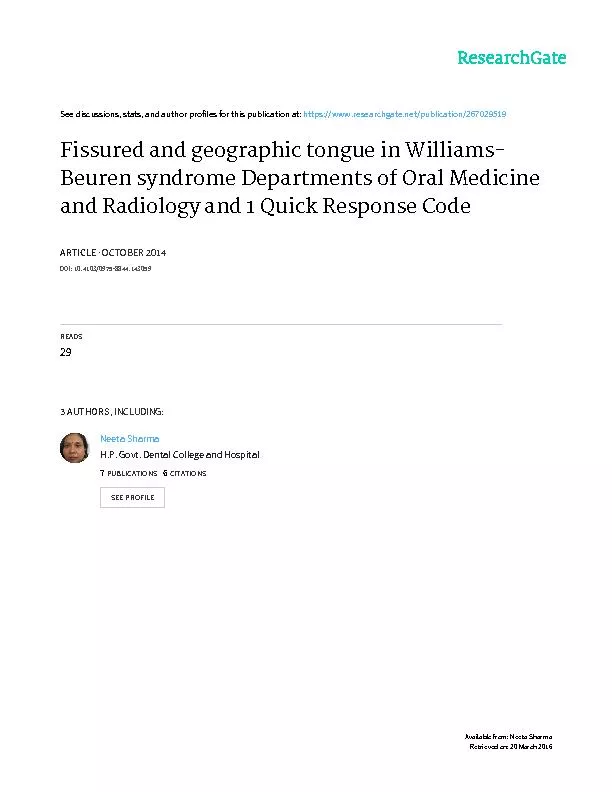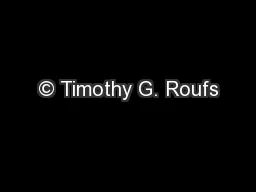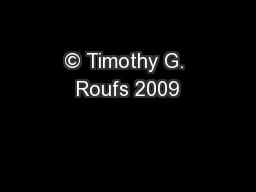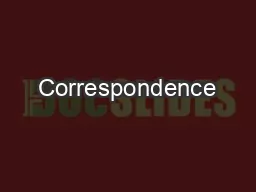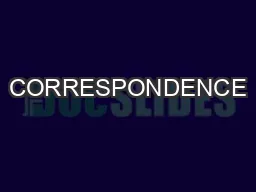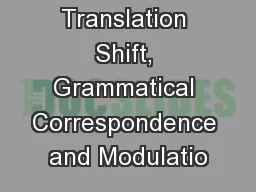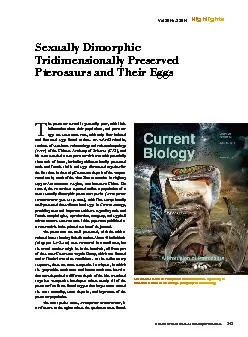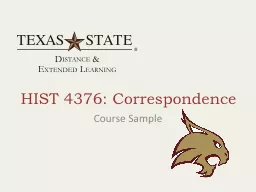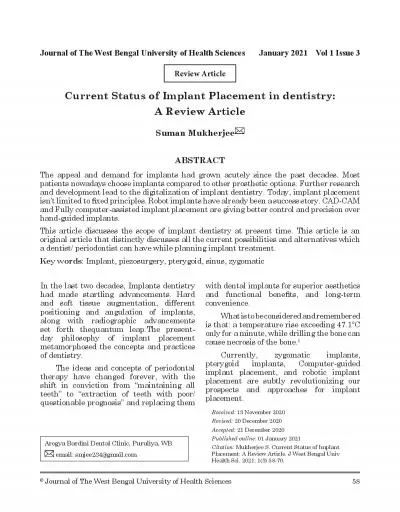PDF-JASs Correspondence & NotesJournal of Anthropological SciencesVol. 90
Author : debby-jeon | Published Date : 2015-10-13
is published by the wwwisitaorgcom Righthandedness lateralization and language in Neanderthals a comment on Frayer et al 2010Antonio Ben
Presentation Embed Code
Download Presentation
Download Presentation The PPT/PDF document "JASs Correspondence & NotesJournal of An..." is the property of its rightful owner. Permission is granted to download and print the materials on this website for personal, non-commercial use only, and to display it on your personal computer provided you do not modify the materials and that you retain all copyright notices contained in the materials. By downloading content from our website, you accept the terms of this agreement.
JASs Correspondence & NotesJournal of Anthropological SciencesVol. 90: Transcript
Download Rules Of Document
"JASs Correspondence & NotesJournal of Anthropological SciencesVol. 90"The content belongs to its owner. You may download and print it for personal use, without modification, and keep all copyright notices. By downloading, you agree to these terms.
Related Documents

